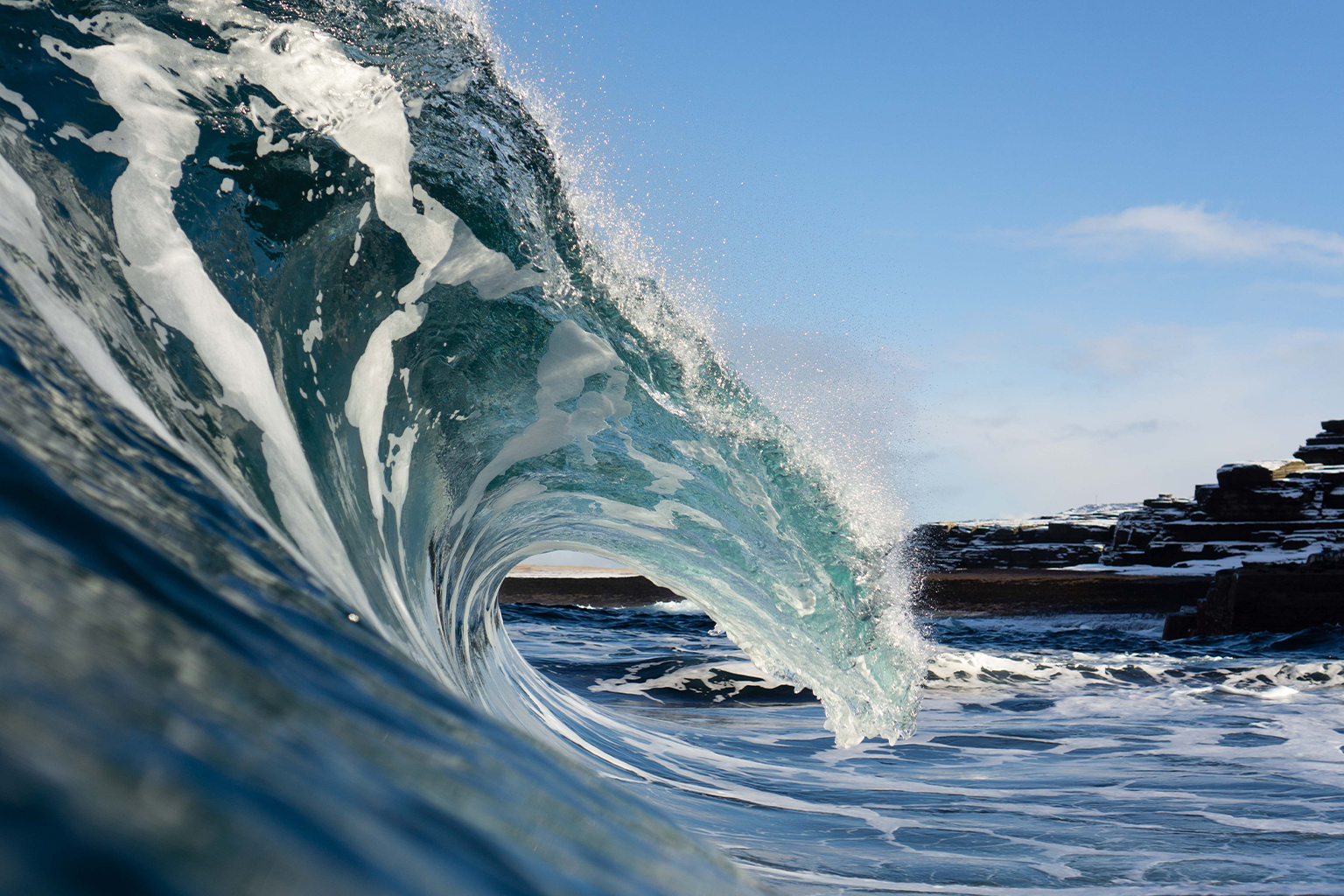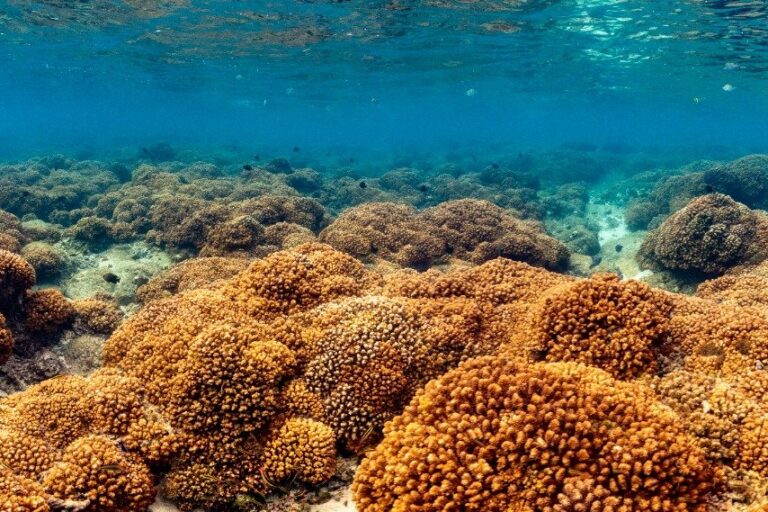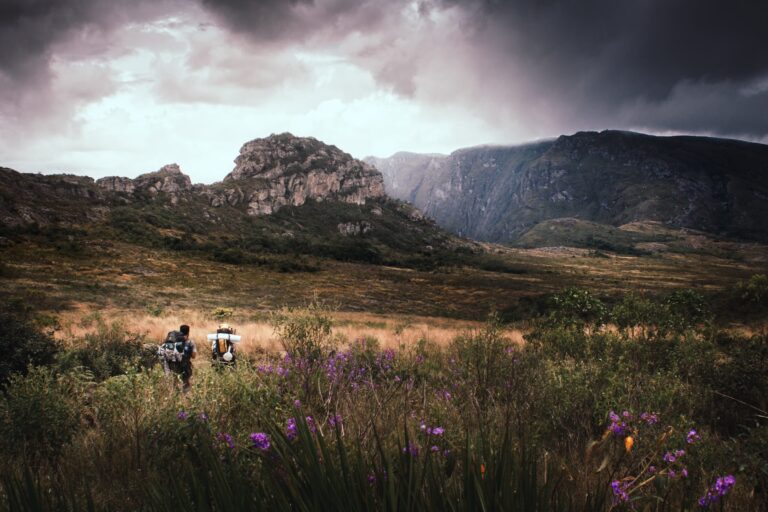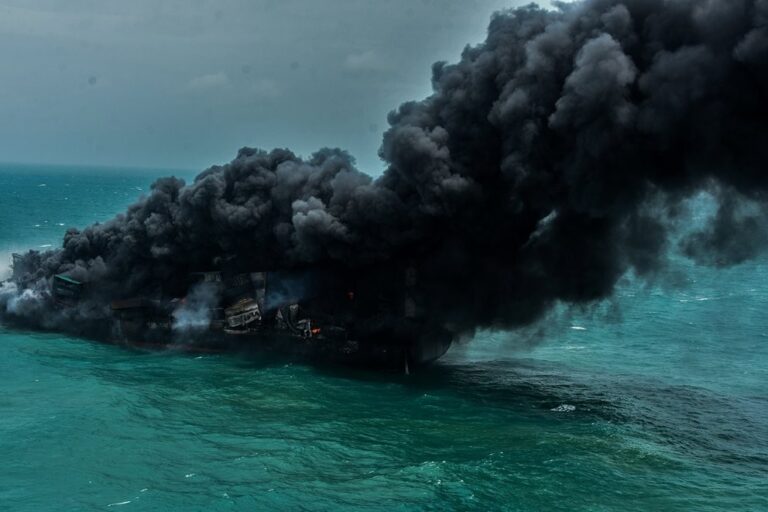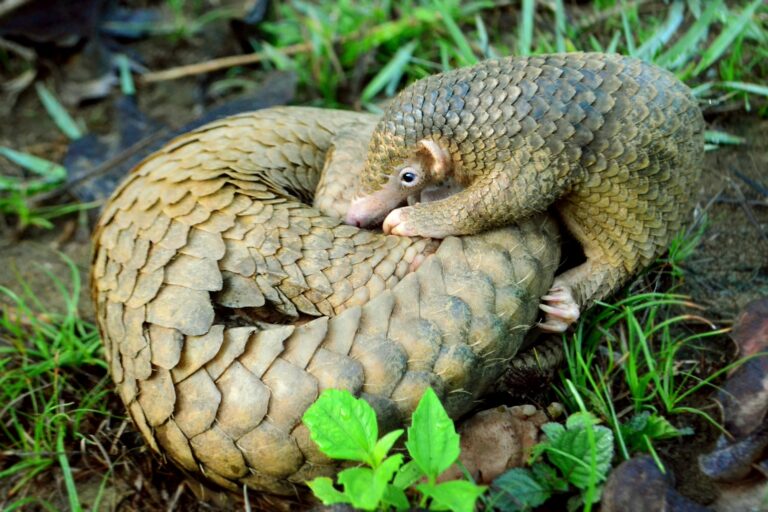- Estimating the amounts of krill or fish consumed by whales has long been an obsession of the proponents of industrial whaling, who argue that these amounts are too large and then use the figures as justification to hunt whales.
- However, this research is pseudoscience, a new op-ed argues, and badly misunderstands — or willingly misrepresents — established principles of marine ecology.
- “In order to counter the wild imaginings of how marine ecosystems work put forth by whalers and their bureaucratic enablers in whaling nations, new thinking is required,” the former NOAA scientist writes.
- This post is a commentary. The views expressed are those of the author, not necessarily of Mongabay.
In a world full of bad news, there’s been good news in whale conservation. Many of the great whales are coming back. In fact, some populations have been recovering faster than anyone imagined they could, returning from near-obliteration by commercial whaling. Most of the humpback whales in the Southern Ocean and the Eastern Pacific gray whales have recovered to within the best estimates of their pre-whaling abundance. Even some of the drastically depleted southern right whale populations have shown consistent recovery. We know this because these whales can be found close enough inshore that we have been able to estimate their abundance over recent decades with reasonable accuracy.
Many other whale populations aren’t as easy to study, so unsurprisingly we know less about how they’re doing. This is why a recent scientific paper reporting an estimated 50,000 fin whales in one part of the Southern Ocean was a happy surprise. The paper was based on surveys over a fairly small area, albeit a place where fin whales used to be common before whaling. This was a collaborative effort, led by Norwegian government scientists, and including government scientists from the U.K. and Australia. Rather than just coming up with the number of whales, the paper also included estimates of how much krill these whales were consuming. The authors then compared these estimates with the amount caught by the krill fishery, and suggested that whales eat about 20 times as much krill as taken by the fishery.
Estimating the amount of krill, or other fisheries products, consumed by whales has long been an obsession by the proponents of industrial whaling. More than two decades ago, the Norwegian government sought to include culling marine mammals as an integral component of Ecosystem-Based Fisheries Management (EBFM). The proponents of EBFM reconceptualized whales as pests — that is, animals impeding a human activity, in this case fishing, and so requiring reduction or eradication. The perception of whales as pests was a cultural conception, not an ecological reality, and based on a simplistic view of ecological relationships: whales eat the fish that are also caught by fisheries, ergo if the whales didn’t eat those fish, there would be more fish for the fisheries.
This simple notion is seriously flawed as it ignores several important components of marine ecosystems.

First, marine ecosystems comprise multiple complex relationships between different predators and their prey, even different life stages, as many fish have cannibalistic life stages. Removing one component (like whales) may cause an increase in their prey, or a decrease due to a change in pressures from other competing species. For instance, a recent study by Norwegian government scientists estimated that whales and seals in the Norwegian Sea and Barents Sea consume about 11 million metric tons of fish yearly. In the same system, each year fish consume 9.5 million metric tons of fish. Obviously, no one is making the argument that fish should be culled to produce more fish, but why not? The logic is the same.
Secondly, how, when and where the great whales eat is important. Some species feed at depth. But as air-breathing mammals, they return to the surface to breathe where they also defecate before diving back into the murky depths. This “whale pump” provides fertilizer for phytoplankton, the plant base of ocean ecosystems. Sunlight only penetrates the oceans’ surface layers, so it’s in this surface layer that the biological productivity (i.e. the amount of plankton that in turn supports fish abundance) of the oceans takes place. Apart from providing organic matter for fertilizer, whale feces also contain trace nutrients, some of which — like iron in the Southern Ocean — limit productivity when they are lacking. So these minerals are another important aspect of the whale pump, and how much life oceans can support.
Whales don’t just move up and down in the water column. Many migrate across ocean basins, foraging in productive polar oceans, then mating and calving in relatively barren tropical waters. In the tropics, they usually don’t eat much and so don’t defecate. But they do keep metabolizing their blubber and muscle mass, the energy stores they laid down in the feeding grounds, and then urinate on migration and in their breeding and calving grounds. Whale urine dumps huge quantities of nitrogen into energy-poor tropical waters through this “great whale conveyor belt.” In doing so, whales move oceanic productivity from the poles that they’ve stored in their bodies to the tropics, thereby changing the productivity of tropical waters.
Thirdly, by calving in the tropics, female whales produce both huge placentas, as well as, sadly, many neonatal calves that don’t survive. Accordingly, in places where whale populations have rebounded, these placentas and carcasses are a food source for tropical predators and scavengers. So, they influence the distribution, abundance and productivity of scavenging sharks. Shark predation can also affect ecosystem structure, so the recovery of great whales influences tropical ecosystems in ways that we are only starting to comprehend.
Whales are immense animals and we now know that some species are incredibly long-lived, over 200 years for bowheads, for example. Combined, this means whales function as carbon stores, so protecting whales might therefore help offset carbon emissions. While the magnitude of this effect is subject to scientific and ethical debate, it reinforces the general point that there’s more to the great whales than that they eat fish. Or krill.
Imagining whales as somehow separate from the marine ecosystems in which they are an integral part is poor science.
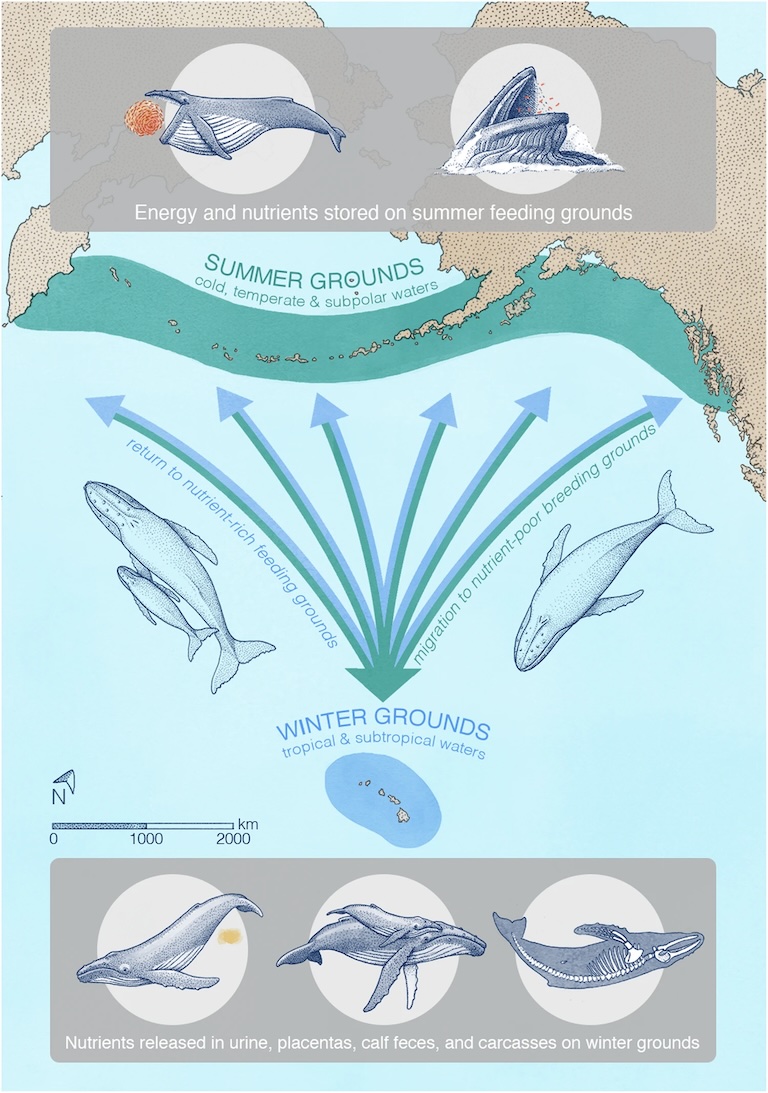
There’s another and much better way to view whales. Our current understanding of many aspects of the biology of great whales is impeded by the legacy of commercial whaling, and modern marine ecology developed in oceans depleted of great whales. Their recovery will undoubtedly lead to new understandings of whales’ ecological roles, including how they are enmeshed in complex ecosystem processes. Simplifying this to focusing only on what whales may or may not eat, and trying to quantify that, is just pseudoscience.
So, we now have good scientific evidence that the “whales eat the fish” is a cartoonish oversimplification of complex ecological processes. Yet we still see whalers trotting out that same tired old trope and in fact taking this notion even further. They have started arguing that, by whaling, they are meeting the U.N.’s Sustainable Development Goals. This argument, given the multifaceted ways in which the great whales mesh within marine ecosystems, is ridiculous. Far worse, it demeans the importance of meeting SDGs using appropriate, science-based measures. For nations like Japan and Norway, whose citizens rightly take pride in their countries being good members of the United Nations, this undermining of U.N. aims is incompatible with their many efforts furthering U.N. goals.
So, we have a conundrum. How do we counter this nonscientific argument? It is clear that simply arguing the facts of a particular case will not see the end of disinformation infecting public discourse. The rerun of “whales eat fish” is just one example. In order to counter the wild imaginings of how marine ecosystems work put forth by whalers and their bureaucratic enablers in whaling nations, new thinking is required.
People are not empty vessels, who just need topping up with knowledge to come to good environmental decisions. So how do we counter the “whales eat fish” argument once and for all? Identifying the argument as disinformation is a start. Disinformation is “false information which is deliberately intended to mislead — intentionally misstating the facts.” This is different from misinformation, which is “false or inaccurate information — getting the facts wrong.” The “whales eat fish” argument isn’t accidentally getting the facts wrong — it’s a deliberate choice of framing whales as pests. No doubt there are some people in whaling nations who genuinely believe that killing whales will make more fish available to local fishers. They’ve fallen for disinformation.

There are long-running research programs in Japan, Norway and Iceland explicitly designed to buttress their argument, so these beliefs aren’t a surprise. Initially, this “research” was simply a ruse to get around the moratorium on commercial whaling, part of whalers’ schemes to use a loophole that allowed whales to be killed to examine their stomach contents. The meat from the dead whales was sold on, thereby maintaining the whaling industry. From that ignominious beginning, the argument grew a life of its own, and now is a justification for maintaining whaling.
The approach taken so far to counter the argument that whales should be culled in the name of fisheries management has been by presenting the argument that the science of culling is flawed. Arguing against disinformation by presenting facts is unlikely to succeed. Rather than argue the detail, a focus on how this notion came to exist in the first place — as an excuse to keep whaling, and how there’s government support in whaling nations for these research programs to argue for yet more whaling — would be a good strategic shift.
The focus needs to shift to how this argument is disinformation, disseminated by vested interests intent upon reviving commercial whaling.
Peter Corkeron is a conservation biologist whose work is devoted to studying marine wildlife like dolphins, whales, seals and dugongs. He headed NOAA’s large whale research program for the northeastern U.S. from 2011 to 2019, then led the New England Aquarium’s right whale research program through 2022.
Banner image: Humpback whales. Image by Toby Matthews / Ocean Image Bank.
Related audio from Mongabay’s podcast: A discussion with John Ryan, the lead researcher of a study that examined vocalizations of baleen whales and how this science is critical for understanding their feeding habits, and thus their conservation, listen here:
See related coverage:
Our responsibility for cetacean conservation grows with proof of their intelligence (commentary)
Counting whales by eavesdropping on their chatter, with help from machine learning
Citations:
Biuw, M., Lindstrøm, U., Jackson, J. A., Baines, M., Kelly, N., McCallum, G., … Krafft, B. A. (2024). Estimated summer abundance and krill consumption of fin whales throughout the Scotia Sea during the 2018/2019 summer season. Scientific Reports, 14(1), 7493. doi:10.1038/s41598-024-57378-3
Breed, G. A., Vermeulen, E., & Corkeron, P. (2024). Extreme longevity may be the rule not the exception in Balaenid whales. Science Advances, 10(51). doi:10.1126/sciadv.adq3086
Brierley, A. S. (2015). No case for Japan to kill minke whales. Nature, 520(7546), 157-157. doi:10.1038/520157c
Cook, D., Malinauskaite, L., Davíðsdóttir, B., Ögmundardóttir, H., & Roman, J. (2020). Reflections on the ecosystem services of whales and valuing their contribution to human well-being. Ocean & Coastal Management, 186, 105100. doi:10.1016/j.ocecoaman.2020.105100
Corkeron, P. J. (2004). Fishery management and culling. Science, 306(5703), 1891d1892d. doi:10.1126/science.306.5703.1891d
Corkeron, P. J. (2006). Opposing views of the “Ecosystem Approach” to fisheries management. Conservation Biology, 20(3), 617-619. doi:10.1111/j.1523-1739.2006.00436.x
Corkeron, P.J. (2006). How shall we watch whales? In D. M. Lavigne (ed). Gaining Ground: In Pursuit of Ecological Sustainability (pp. 161-170). The International Fund for Animal Welfare, Guelph, Canada, and the University of Limerick, Limerick, Ireland.
Dedman, S., Moxley, J. H., Papastamatiou, Y. P., Braccini, M., Caselle, J. E., Chapman, D. D., … Lowe, C. G. (2024). Ecological roles and importance of sharks in the Anthropocene Ocean. Science, 385(6708). doi:10.1126/science.adl2362
Duvall, E. S., Roux, E. le, Pearson, H. C., Roman, J., Malhi, Y., & Abraham, A. J. (2024). Resisting the carbonization of animals as climate solutions. Nature Climate Change, 14(9), 892-895. doi:10.1038/s41558-024-02106-y
Gales, N. J., Kasuya, T., Clapham, P. J., & Brownell, R. L. (2005). Japan’s whaling plan under scrutiny. Nature, 435(7044), 883-884. doi:10.1038/435883a
Gilbert, L., Jeanniard-du-Dot, T., Authier, M., Chouvelon, T., & Spitz, J. (2023). Composition of cetacean communities worldwide shapes their contribution to ocean nutrient cycling. Nature Communications, 14(1), 5823. doi:10.1038/s41467-023-41532-y
Harcourt, R., van der Hoop, J., Kraus, S., & Carroll, E. L. (2019). Future directions in Eubalaena spp.: Comparative research to inform conservation. Frontiers in Marine Science, 5. doi:10.3389/fmars.2018.00530
Hopson, N. (2024). Whaling: Good for the world, the nation, and you. Asia-Pacific Journal: Japan Focus, 22(11), 1. Retrieved from https://apjjf.org/2024/11/hopson
Jackson, J., Kennedy, A., Moore, M., Andriolo, A., Bamford, C., Calderan, S., … Trathan, P. (2020). Have whales returned to a historical hotspot of industrial whaling? The pattern of southern right whale Eubalaena australis recovery at South Georgia. Endangered Species Research, 43, 323-339. doi:10.3354/esr01072
Kanaji, Y., Williams, R., Zerbini, A. N., & Branch, T. A. (2024). Density dependence only affects increase rates in baleen whale populations at high abundance levels. Journal of Applied Ecology, 61(9), 2258-2269. doi:10.1111/1365-2664.14744
Meynecke, J-O., Samanta, S., Jasper de Bie, Seyboth, E., Dey, S., Fearon, G., … Mackey, B. (2023). Do whales really increase the oceanic removal of atmospheric carbon? Frontiers in Marine Science, 10. doi:10.3389/fmars.2023.1117409
Monreal, P. J., Savoca, M. S., Babcock-Adams, L., Moore, L. E., Ruacho, A., Hull, D., … Bundy, R. M. (2025). Organic ligands in whale excrement support iron availability and reduce copper toxicity to the surface ocean. Communications Earth & Environment, 6(1). doi:10.1038/s43247-024-01965-9
Murase, H., Tamura, T., Kiwada, H., Fujise, Y., Watanabe, H., Ohizumi, H., … Kawahara, S. (2007). Prey selection of common minke (Balaenoptera acutorostrata) and Bryde’s (Balaenoptera edeni) whales in the western North Pacific in 2000 and 2001. Fisheries Oceanography, 16(2), 186-201. doi:10.1111/j.1365-2419.2006.00426.x
Pearson, H. C., Savoca, M. S., Costa, D. P., Lomas, M. W., Molina, R., Pershing, A. J., … Roman, J. (2022). Whales in the carbon cycle: Can recovery remove carbon dioxide? Trends in Ecology & Evolution, 38(3). doi:10.1016/j.tree.2022.10.012
Planque, B., Bas, L., Biuw, M., Blanchet, M.-A., Bogstad, B., Eriksen, E., … Lindstrøm, U. (2024). A food-web assessment model for marine mammals, fish, and fisheries in the Norwegian and Barents Seas. Progress in Oceanography, 229, 103361. doi:10.1016/j.pocean.2024.103361
Roman, J., Abraham, A. J., Kiszka, J. J., Costa, D. P., Doughty, C. E., Friedlaender, A., … Pershing, A. J. (2025). Migrating baleen whales transport high-latitude nutrients to tropical and subtropical ecosystems. Nature Communications, 16(1). doi:10.1038/s41467-025-56123-2
Roman, J., Estes, J. A., Morissette, L., Smith, C., Costa, D., McCarthy, J., … Smetacek, V. (2014). Whales as marine ecosystem engineers. Frontiers in Ecology and the Environment, 12(7), 377-385. doi:10.1890/130220
Roman, J., Nevins, J., Altabet, M., Koopman, H., & McCarthy, J. (2016). Endangered right whales enhance primary productivity in the Bay of Fundy. PLOS ONE, 11(6), e0156553. doi:10.1371/journal.pone.0156553
Savoca, M. S., Czapanskiy, M. F., Kahane-Rapport, S. R., Gough, W. T., Fahlbusch, J. A., Bierlich, K. C., … Goldbogen, J. A. (2021). Baleen whale prey consumption based on high-resolution foraging measurements. Nature, 599(7883), 85-90. doi:10.1038/s41586-021-03991-5
Sheehy, J. M., Taylor, N. L., Zwerschke, N., Collar, M., Morgan, V., & Merayo, E. (2022). Review of evaluation and valuation methods for cetacean regulation and maintenance ecosystem services with the Joint Cetacean Protocol Data. Frontiers in Marine Science, 9. doi:10.3389/fmars.2022.872679
Stewart, J., Joyce, T. W., Durban, J. W., Calambokidis, J., Fauquier, D., Fearnbach, H., … Weller, D. W. (2023). Boom-bust cycles in gray whales associated with dynamic and changing Arctic conditions. Science, 382(6667), 207-211. doi:10.1126/science.adi1847
Toomey, A. H. (2023). Why facts don’t change minds: Insights from cognitive science for the improved communication of conservation research. Biological Conservation, 278, 109886. doi:10.1016/j.biocon.2022.109886
Trathan, P. N., Savoca, M. S., Friedlaender, A., Baines, M., Burkhardt, E., Cheeseman, T., … Reisinger, R. R. (2024). Integrating the needs of recovering populations of baleen whales into the revised management framework for the commercial fishery for Antarctic krill. Frontiers in Marine Science, 11. doi:10.3389/fmars.2024.1458042
Wedekin, L., Engel, M., Andriolo, A., Prado, P., Zerbini, A., Marcondes, M., … Simões-Lopes, P. (2017). Running fast in the slow lane: Rapid population growth of humpback whales after exploitation. Marine Ecology Progress Series, 575, 195-206. doi:10.3354/meps12211


